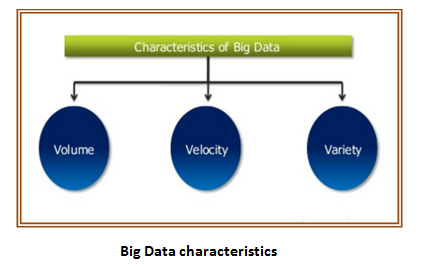Cloud adoption has enabled small enterprises and startups to go on a progressive journey to success instead of rushing aggressively to outrun their competitors. CIO’s are now turning their attention to how the use of technology can help them accomplish their business objectives in 2018.
With 2017 coming to an end, we have listed The Top 5 Trends in cloud computing that you should be aware of before you dive into 2018:
1. Rapid growth in cloud services solutions
Business and consumers had access to try early cloud service because (Saas) Software as a Service was flexible, reliable and financially attractive. Infrastructure as a Service and Platform as a Service have also witnessed an exponential growth which expanded the number of cloud solutions available in the public and private sectors. The simplicity and the optimal performance offered by the cloud will see many more organizations take advantage of cloud computing in 2018
As per the Cisco Global Cloud Index: Forecast and Methodology, 2015–2020
All the services and solution would be used worldwide to achieve a variety of goals. 2018 will see SaaS as the most common and highly deployed cloud service across the globe. 60% of the cloud-based workloads will be SaaS as per the Cisco forecast, a 12% increase over 2017 prediction. IaaS and PaaS are also expected to increase. Businesses that want to simplify operations and make it easier for their customers to access services will move more aggressively toward integrating SaaS, IaaS, and/or PaaS into their business processes.
2. Bigger cloud storage capacity
With Cloud Storage becoming a critical part of doing business, the data storage limit is expected to grow ascending in 2018. As a result, more data centers online with larger capacity storage equipment will be brought by different service providers. The Cisco survey estimates that in 2018, estimated total global storage capacity would be 1.1 ZB, which is approximately twice the space available in 2017.
3. 2018 is Internet Of Everything(IoE)
Innovators like Elon Musk and Stephen Hawking commented on AI and IoT’s near-term potential and how they played a meritorious role in the tech community. While industry experts anticipate IoT will see its own growth, continuous innovations in real-time data analytics and cloud computing are set to push the internet of everything (IoE) to the fore in 2018. For humans, this will allow us to interact intelligently with every device in a network. Human-to-human communication will also be easier. For e.g: Google’s Pixel Buds(which are expected to be released in late 2017) are a headset equipped with the ability to recognize and translate 40 languages in real-time for its user. IoE will also provide businesses with more insight into how consumers relate to their products or services, customer care units, and one another.
4. The rise of 5G
A report drafted by Ericsson on 5G Readiness shows that many operators have accelerated preparations for the new technology, and trials are being carried out by 78 percent of the respondents.
Furthermore, 28 percent of the respondents expect to deploy 5G next year
With the fast internet and superior network quality, customer expectation would be massive. Fast-loading, highly responsive services, and apps would be just minimum expectations. Savvy business owners will evaluate the situation upfront and upgrade their SaaS, PaaS, and website platforms to be more responsive.
5. Cloud Security
2017 – Year of more cyber attacks than any other in history
Attacks such as the WannaCry ransomware, the CIA Vault 7 hack, and the Equifax data breach are reminders that cyber attacks are a reality of the 21st century.
We expect 2018 will see more individual and state-sponsored attacks aimed at undermining the security of cloud infrastructures. As cyber attackers become more sophisticated, security analysts in government, public, and private sectors will also have to become more sophisticated and timely in their methods for detecting and preventing attacks. Businesses will recognize the necessity of investing in tools like security information and event management (SIEM) and malware detection systems as fundamental defense mechanisms for cybersecurity.
2018, as expected would witness more individual and state-sponsored attacks targeting cloud infrastructures. Business will recognize the necessity of investing in tools like UEM(Unified EndPoint Management), SIEM(Security Information and Event management) and malware detection systems as fundamental defense mechanisms for cybersecurity.
What do you think would be 2018 cloud computing trends? Let us know in the comments below.
Sysfore, Microsoft Gold partner, uses leading network, technology, and service expertise to deliver our service anytime, virtually anywhere, quickly and efficiently. Contact one of our experts today and we will help you find the perfect solution for your business. Write to us at info@sysfore.com or give us a call at +91 (80) 4110 5555.


